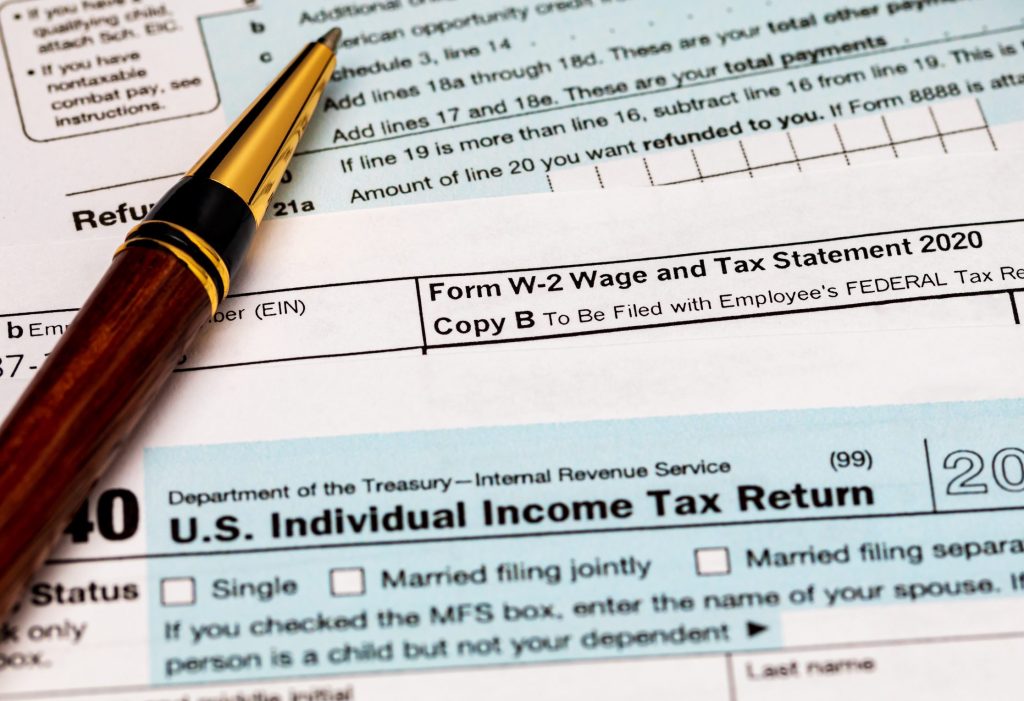One of the first decisions taxpayers must make when completing a tax return is whether to take the standard deduction or itemize their deductions. There are several factors that can influence a taxpayer’s choice, including changes to their tax situation, any changes to the standard deduction amount and recent tax law changes.
Generally, most taxpayers use the option that gives them the lowest overall tax.
As taxpayers begin to think about filing their tax return, here are some things they should know about standard and itemized deductions.
Standard deduction
The standard deduction amount increases slightly every year. The standard deduction amount depends on the taxpayer’s filing status, whether they are 65 or older or blind, and whether another taxpayer can claim them as a dependent. Taxpayers who are age 65 or older on the last day of the year and don’t itemize deductions are entitled to a higher standard deduction.
Most filers who use Form 1040 can find their standard deduction on the first page of the form. The standard deduction for most filers of Form 1040-SR, U.S. Tax Return for Seniors, is on the last page of that form.
According to the Instructions for Form 1040 and 1040-SR, not all taxpayers can take a standard deduction, including:
- A married individual filing as married filing separately whose spouse itemizes deductions – if one spouse itemizes on a separate return, both must itemize.
- An individual who files a tax return for a period of less than 12 months. This is uncommon and could be due to a change in their annual accounting period.
- An individual who was a nonresident alien or a dual-status alien during the year. Nonresident aliens who are married to a U.S. citizen or resident alien, however, can take the standard deduction in certain situations.
Itemized deductions
Taxpayers who choose to itemize deductions may do so by filing Schedule A, Form 1040, Itemized Deductions. Itemized deductions that taxpayers may claim can include:
- State and local income or sales taxes.
- Real estate and personal property taxes.
- Home mortgage interest.
- Personal casualty and theft losses from a federally declared disaster.
- Gifts to a qualified charity.
- Unreimbursed medical and dental expenses that exceed 7.5% of adjusted gross income.
Some itemized deductions, such as the deduction for taxes, may be limited. Taxpayers should review the instructions for Schedule A Form 1040 for more information on limitations.
More information:
How Much Is My Standard Deduction?
Topic No. 551, Standard Deduction




